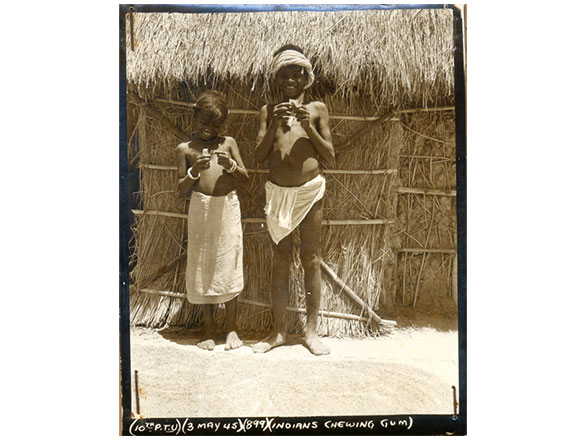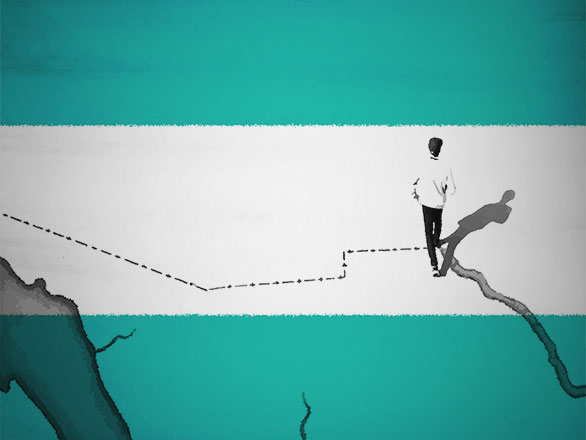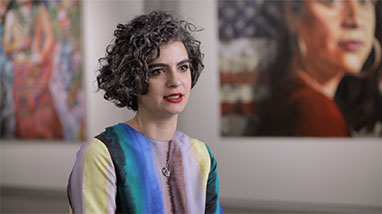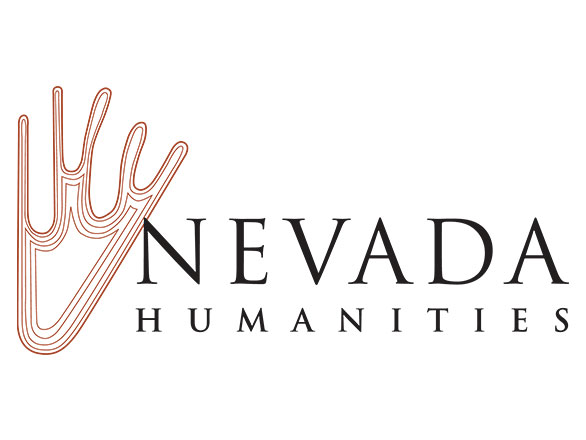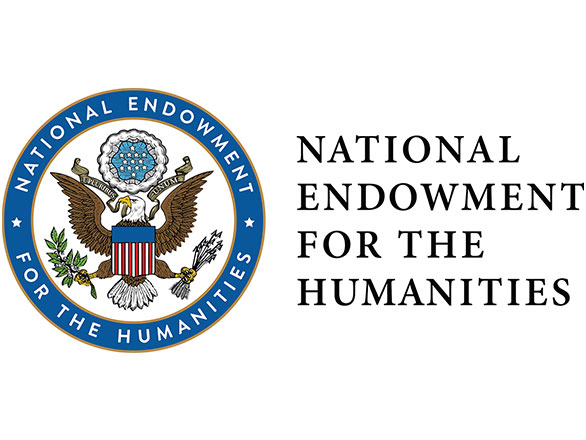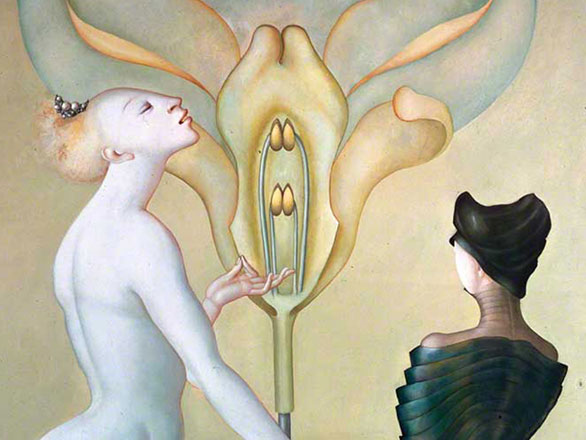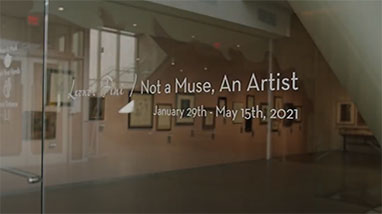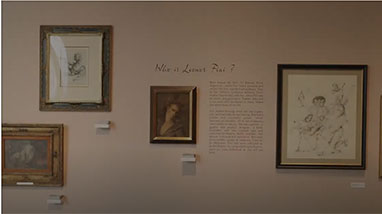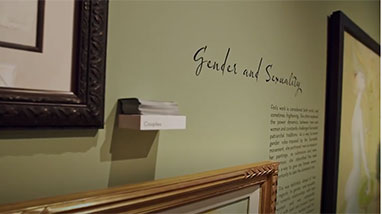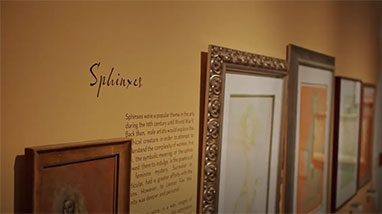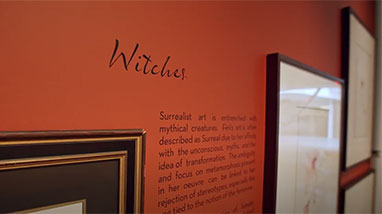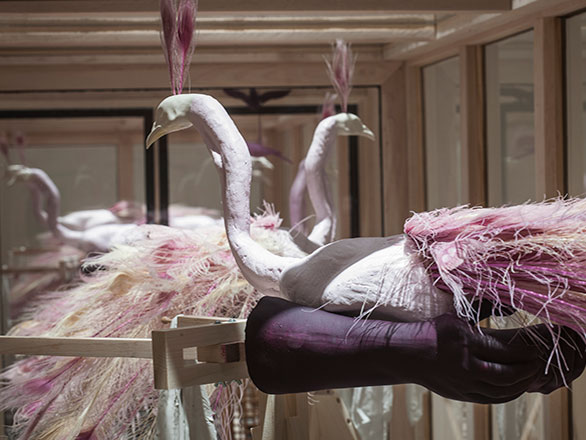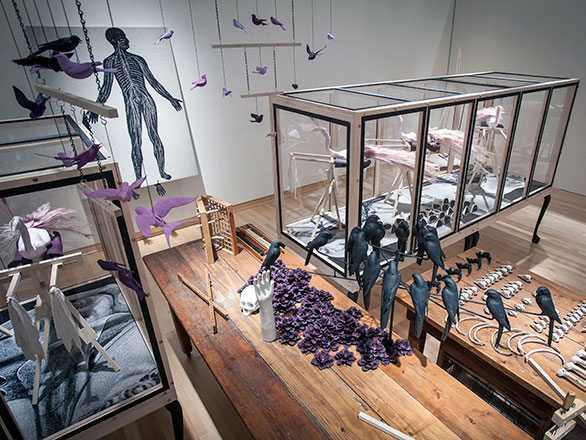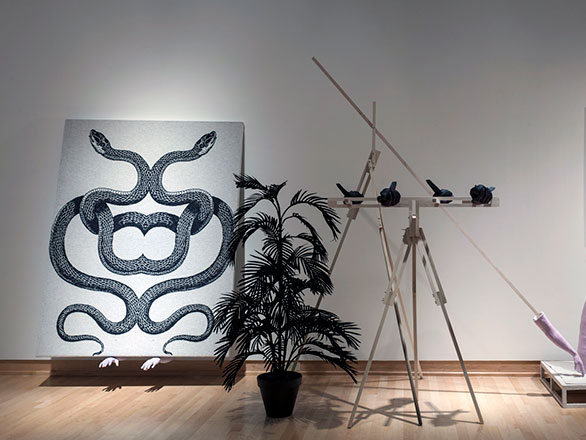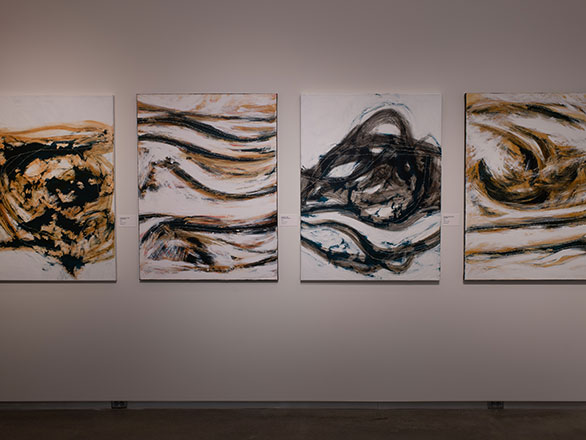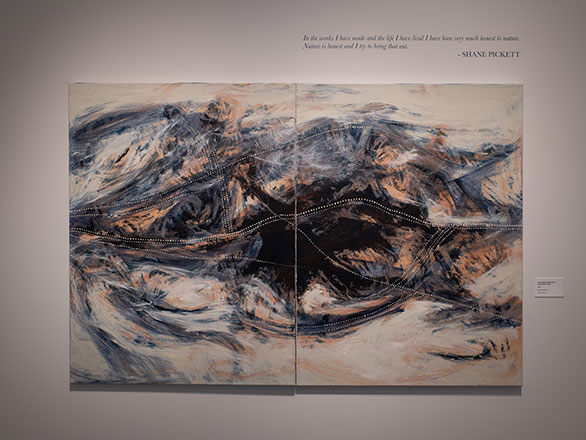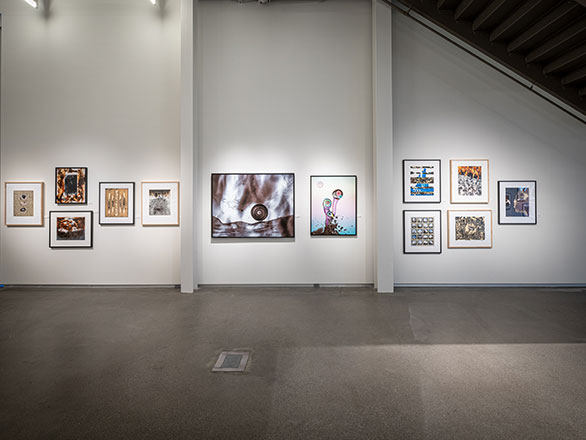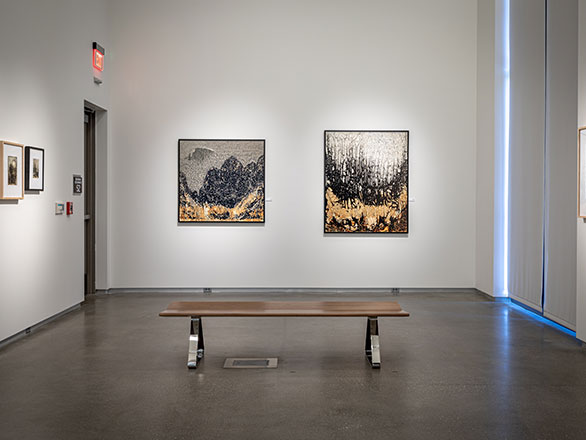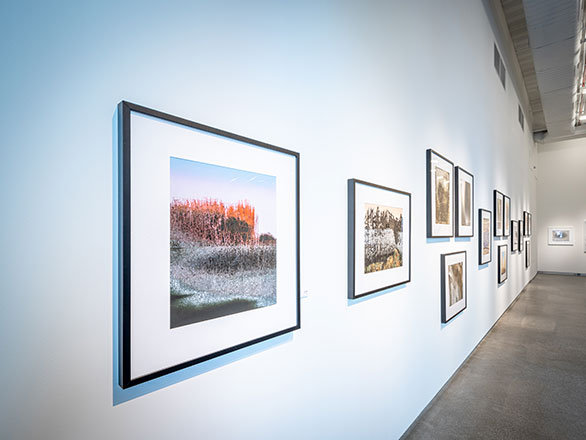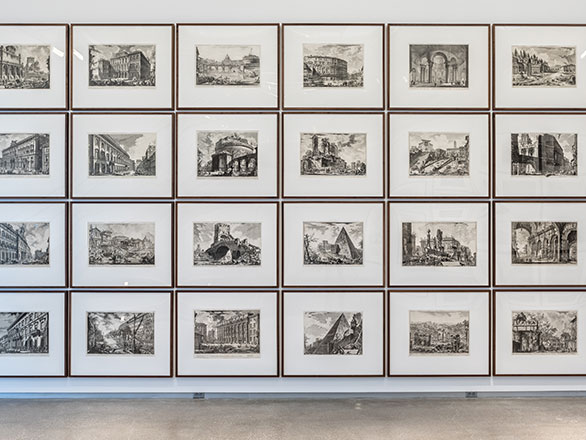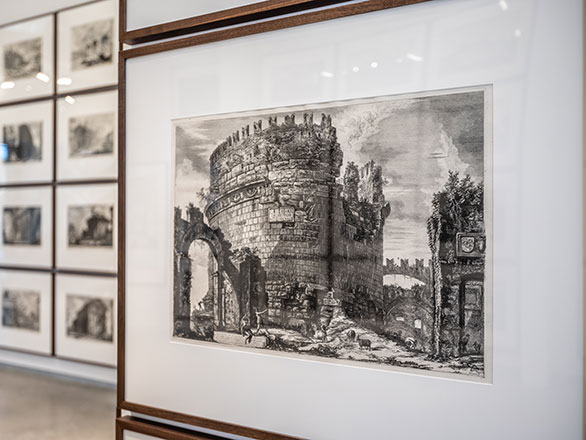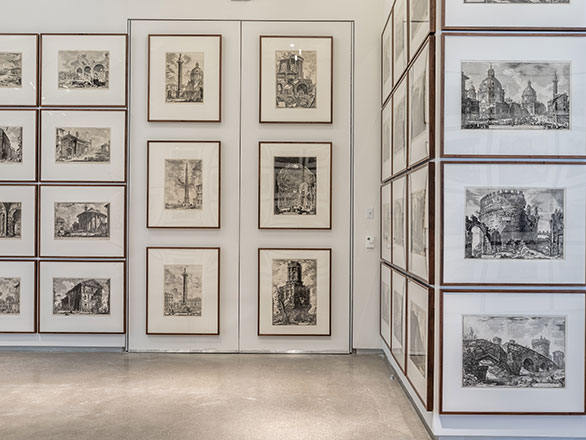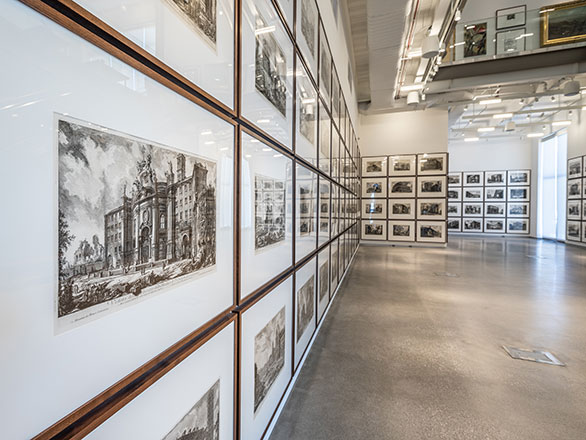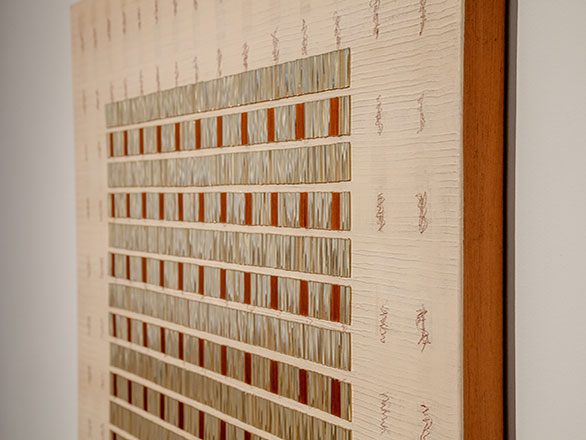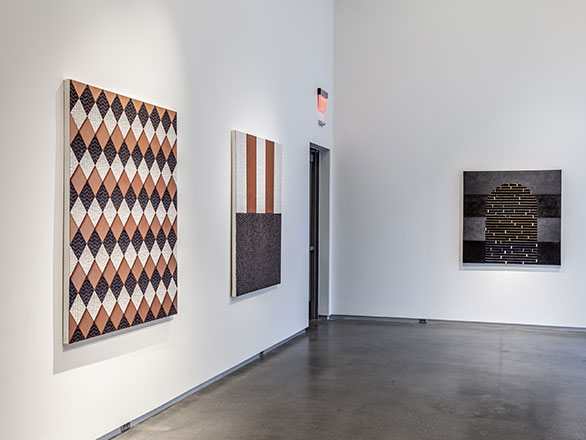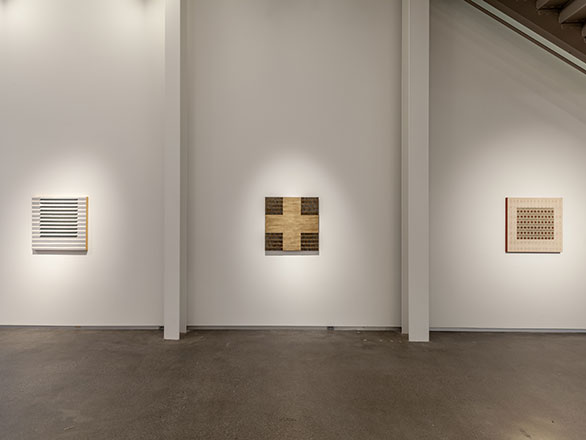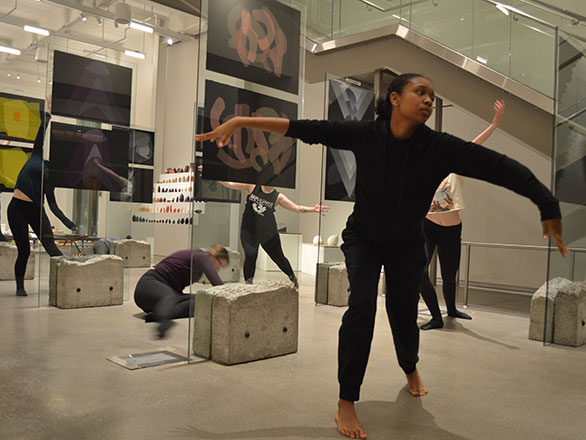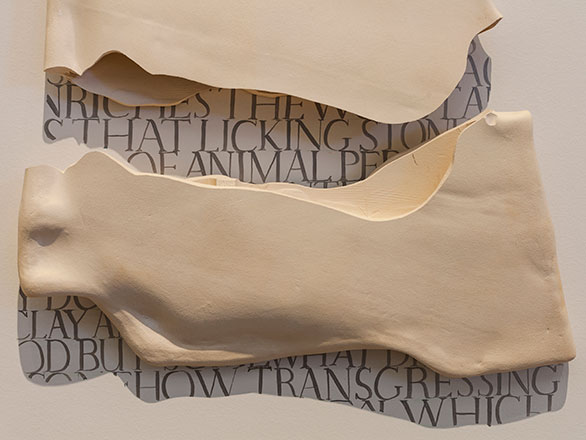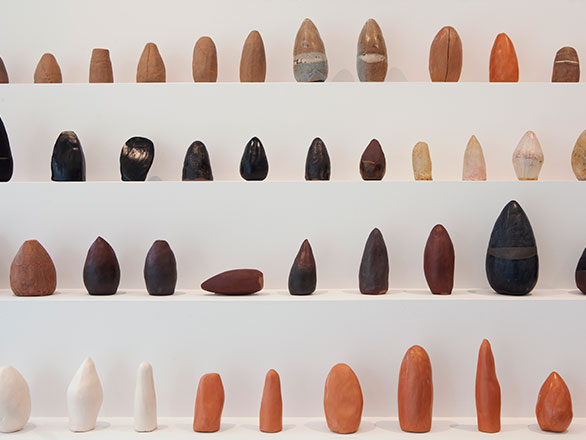The Counter/Self
February 29-June 1, 2024
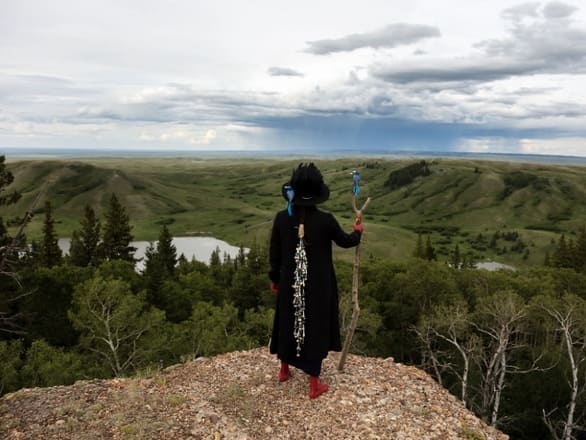
Image: Meryl McMaster, My Destiny is Entwined With Yours, from the series As Immense as the Sky, 2019, chromogenic print. Courtesy of the artist, Stephen Bulger Gallery, and Pierre-François Ouellette art contemporain.
To a certain extent, every self is performative—a cast of characters we can summon or mold to serve our needs as we face the world. We each contain potential multitudes that can express or withhold different sides of ourselves, adapt to specific contexts, determine or respond to a boundless range of human interactions. Both individual and collective identities are formed by inner drives and outside pressures, relationships and constraints, nurture and oppression, dreams and fears.
Navigating the complexities of selfhood, agency, and representation, THE COUNTER/SELF brings together a group of artists who create and embody imaginative alter egos to examine, perform and subvert identity constructs and politics. Through the use of make-up and elaborate costumes, 2Fik, Adriana Chavez, Helio Eudoro, Julius Poncelet Manapul, Meryl McMaster, Sasha Shevchenko, Adrian Stimson, Stacey Tyrell, Laakkuluk Williamson Bathory and Jamie Griffiths transform their own appearance and stage layered photographic, video, mixed media, and sculptural scenes that destabilize viewers’ presumed realities and points of reference to expose prejudices with regards to gender, race, ethnicity, and nationhood.
Shaped by personal and communal histories entwined within the artists’ life experiences, their counter/selves bring forward irreverent perspectives that disrupt enshrined national narratives, cultural legacies and social expectations. Sometimes flamboyant, sometimes enigmatic, these characters reveal the fallacies of dominant discourses and counteract their harmful sways. Probing power structures, asserting belonging, or obscuring presence, the counter/selves are invoked to reclaim space or to protect the vulnerable. In all their incarnations, they epitomize resilience, resistance and renewal.
Curated by Mona Filip. The circulation of this exhibition is organized by the Art Museum at the University of Toronto, Canada.
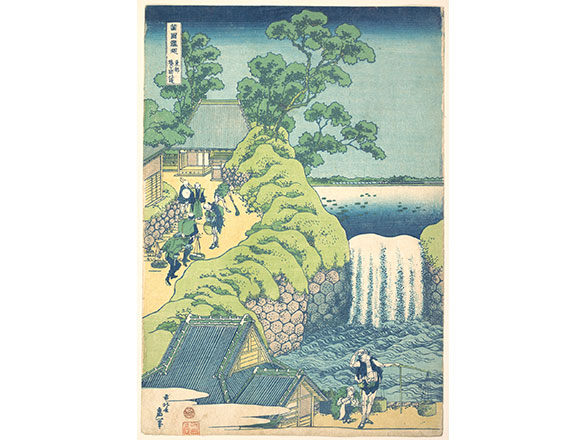
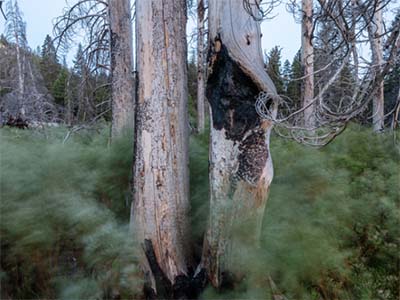
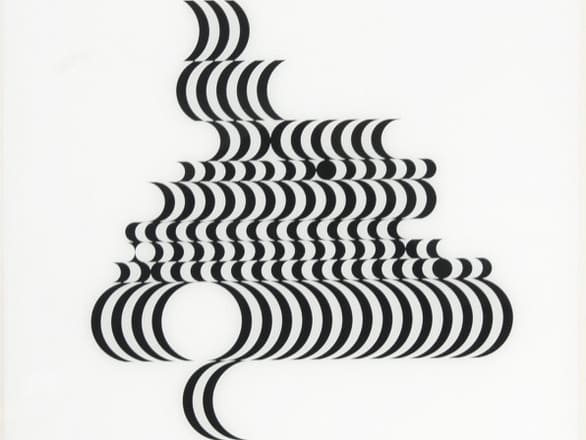 Off Kilter, On Point: Art of the 1960s
Off Kilter, On Point: Art of the 1960s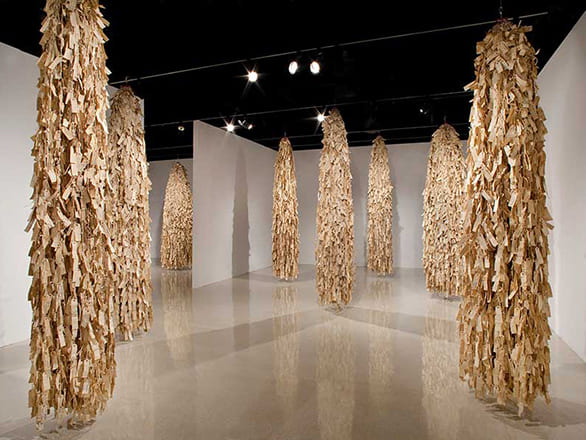 In 1942, in response to the bombing of Pearl Harbor by Japanese forces, President Franklin D. Roosevelt signed into law Executive Order 9066. The law ordered the forced imprisonment of all Japanese Americans living on the west coast of the United States, which has the second largest population of Japanese people living outside of Japan.
In 1942, in response to the bombing of Pearl Harbor by Japanese forces, President Franklin D. Roosevelt signed into law Executive Order 9066. The law ordered the forced imprisonment of all Japanese Americans living on the west coast of the United States, which has the second largest population of Japanese people living outside of Japan.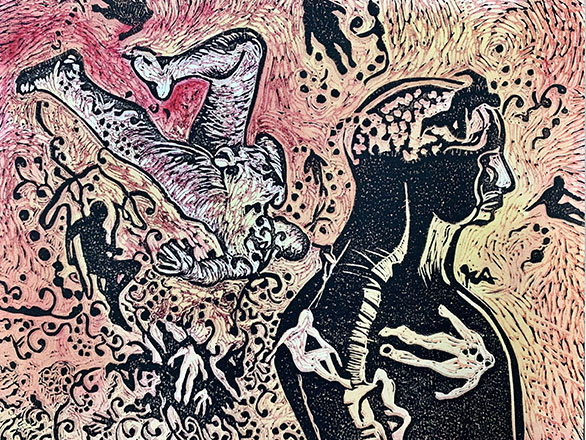
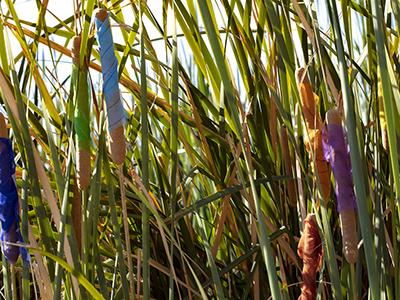 Linda Alterwitz (b. 1960, Indiana) is a Las Vegas-based visual artist utilizing photography, collage, and interactive methods. Her practice focuses on envisioning the unseen rhythms of the human body and our relationship to the natural world. An informative fifteen-year exploration within the fields of science and technology led her toward an in-depth investigation of the nexus between nature, society, and the individual. Her current work integrates the authenticity of science and the communicative power of art, sparking dialogue on the intended and unintended consequences of humankind when we separate ourselves from our natural environment. Final works take the form of large format photographs, constructed images using non-traditional materials and woven tapestries presented in both traditional exhibition and immersive public installation experiences.
Linda Alterwitz (b. 1960, Indiana) is a Las Vegas-based visual artist utilizing photography, collage, and interactive methods. Her practice focuses on envisioning the unseen rhythms of the human body and our relationship to the natural world. An informative fifteen-year exploration within the fields of science and technology led her toward an in-depth investigation of the nexus between nature, society, and the individual. Her current work integrates the authenticity of science and the communicative power of art, sparking dialogue on the intended and unintended consequences of humankind when we separate ourselves from our natural environment. Final works take the form of large format photographs, constructed images using non-traditional materials and woven tapestries presented in both traditional exhibition and immersive public installation experiences.
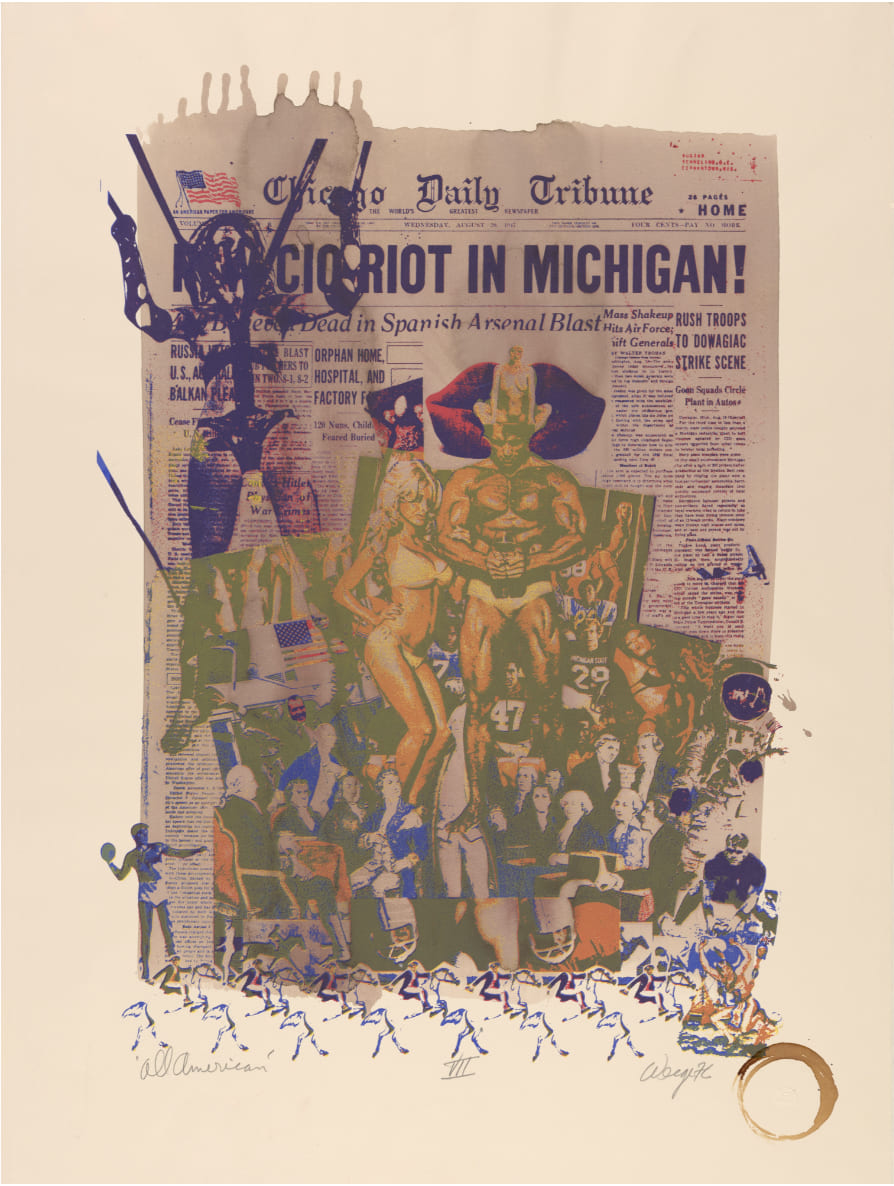 William Weege, All American, Serigraph, 1976, Collection of the Lilley Museum of Art.
William Weege, All American, Serigraph, 1976, Collection of the Lilley Museum of Art.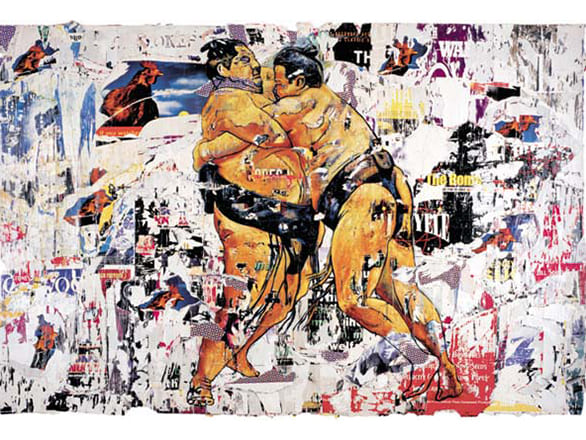 Guillermo Bert makes artworks that explore the endurance of immigrants who have left their home countries behind. In his multi-media and conceptually layered works, Bert addresses the ways in which colonization and capitalistic systems contribute to cultural displacement and the loss of Indigenous identities, traditions, and religions. Bert was born in 1959, raised in Santiago, Chile, and left his home country in the early 1980s before immigrating to Los Angeles in 1981.
Guillermo Bert makes artworks that explore the endurance of immigrants who have left their home countries behind. In his multi-media and conceptually layered works, Bert addresses the ways in which colonization and capitalistic systems contribute to cultural displacement and the loss of Indigenous identities, traditions, and religions. Bert was born in 1959, raised in Santiago, Chile, and left his home country in the early 1980s before immigrating to Los Angeles in 1981.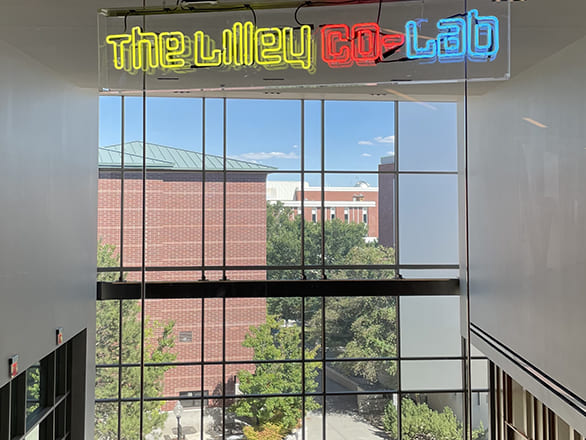 The Lilley Co-Lab is an audience-centered curatorial experiment where we encourage visitors to the Lilley Museum of Art to share their thoughts, feelings, and responses to our permanent collection. We are entering phase two of this participatory exhibit: curators and staff are analyzing and interpreting all the audience feedback from the Lilley Co-Lab, and the permanent collection will be reinstalled in fall 2024. Stay tuned and keep participating as we work to revitalize the museum space, and share the Lilley Museum of Art’s collection in a new, expansive way.
The Lilley Co-Lab is an audience-centered curatorial experiment where we encourage visitors to the Lilley Museum of Art to share their thoughts, feelings, and responses to our permanent collection. We are entering phase two of this participatory exhibit: curators and staff are analyzing and interpreting all the audience feedback from the Lilley Co-Lab, and the permanent collection will be reinstalled in fall 2024. Stay tuned and keep participating as we work to revitalize the museum space, and share the Lilley Museum of Art’s collection in a new, expansive way.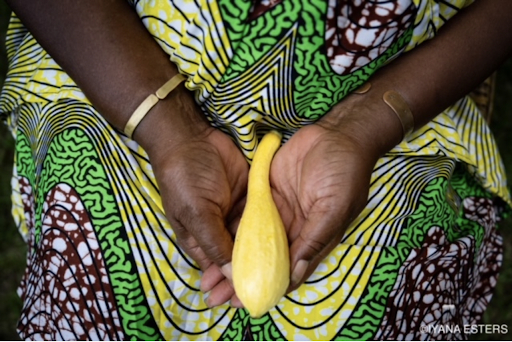 "Birthed from the soil" is a new project by artist Iyana Esters. The exhibition presents a multidimensional portrait of Yawah Awolowo, known as Mama Yawah, an organic farmer, natural food chef, and midwife from the Black Belt of Alabama. This exhibition highlights the functionality of Mama Yawah’s life, demonstrating the beauty of ancestral knowledge of caring and working with the earth for generations, while living and tending to the community.
"Birthed from the soil" is a new project by artist Iyana Esters. The exhibition presents a multidimensional portrait of Yawah Awolowo, known as Mama Yawah, an organic farmer, natural food chef, and midwife from the Black Belt of Alabama. This exhibition highlights the functionality of Mama Yawah’s life, demonstrating the beauty of ancestral knowledge of caring and working with the earth for generations, while living and tending to the community.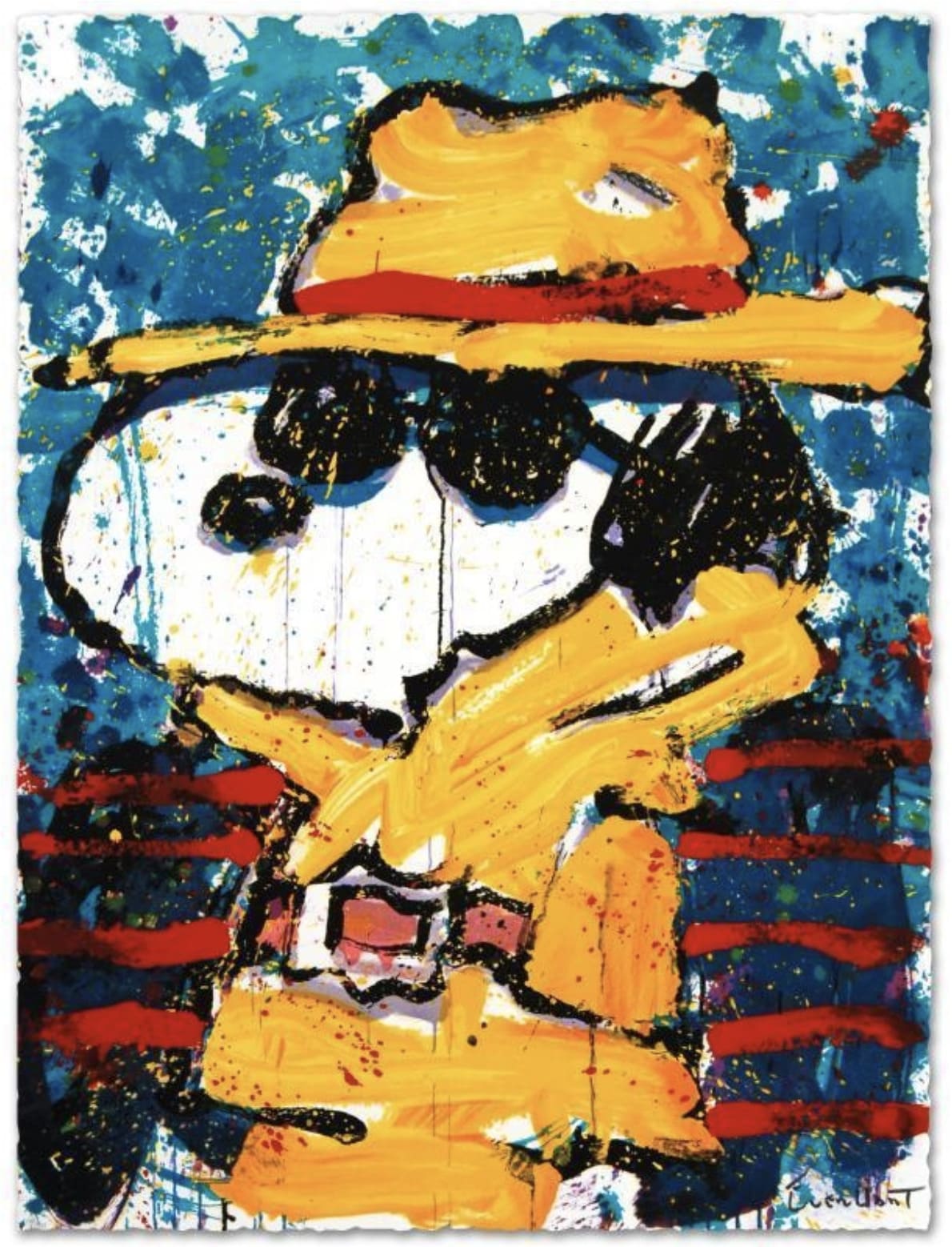
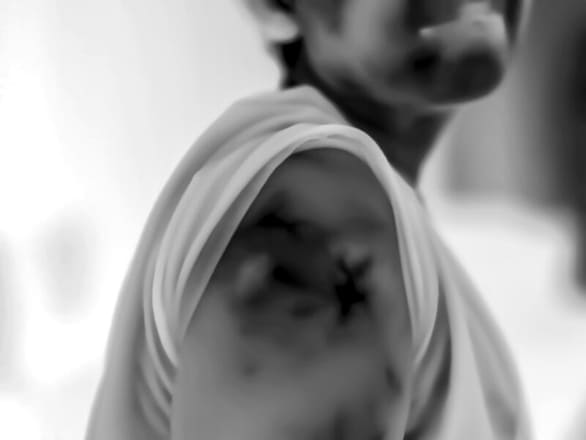 Injection Site: Making the Vaccine Visible, an ongoing series by Linda Alterwitz, invites viewers into the inner workings of the body, in a series of illustrations about how the COVID-19 vaccine reacts in peoples arms at the site of injection. In this remarkable photographic study, the artist uses a high-resolution thermal camera to document and track the body’s reaction to the vaccine. The resulting photographs reveal unique immunological responses, and provide an entry point into a dialogue about public health, personal choice, and our responsibility to one another.
Injection Site: Making the Vaccine Visible, an ongoing series by Linda Alterwitz, invites viewers into the inner workings of the body, in a series of illustrations about how the COVID-19 vaccine reacts in peoples arms at the site of injection. In this remarkable photographic study, the artist uses a high-resolution thermal camera to document and track the body’s reaction to the vaccine. The resulting photographs reveal unique immunological responses, and provide an entry point into a dialogue about public health, personal choice, and our responsibility to one another.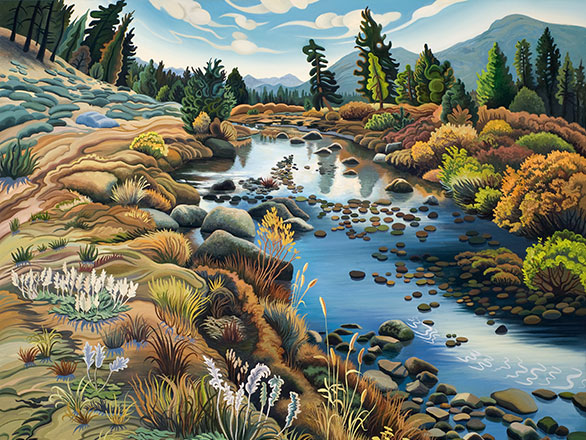 The sun’s movement across the sky and around the planet affects not only connection between brightness and shadow but also the emotional atmosphere of an environment. As a plein air painter, Phyllis Shafer captures the fleeting quality of light present in a landscape. Phyllis Shafer | The Nature of Time focuses on Shafer’s personal bond with nature and the reveling cycle of growth and death.
The sun’s movement across the sky and around the planet affects not only connection between brightness and shadow but also the emotional atmosphere of an environment. As a plein air painter, Phyllis Shafer captures the fleeting quality of light present in a landscape. Phyllis Shafer | The Nature of Time focuses on Shafer’s personal bond with nature and the reveling cycle of growth and death.